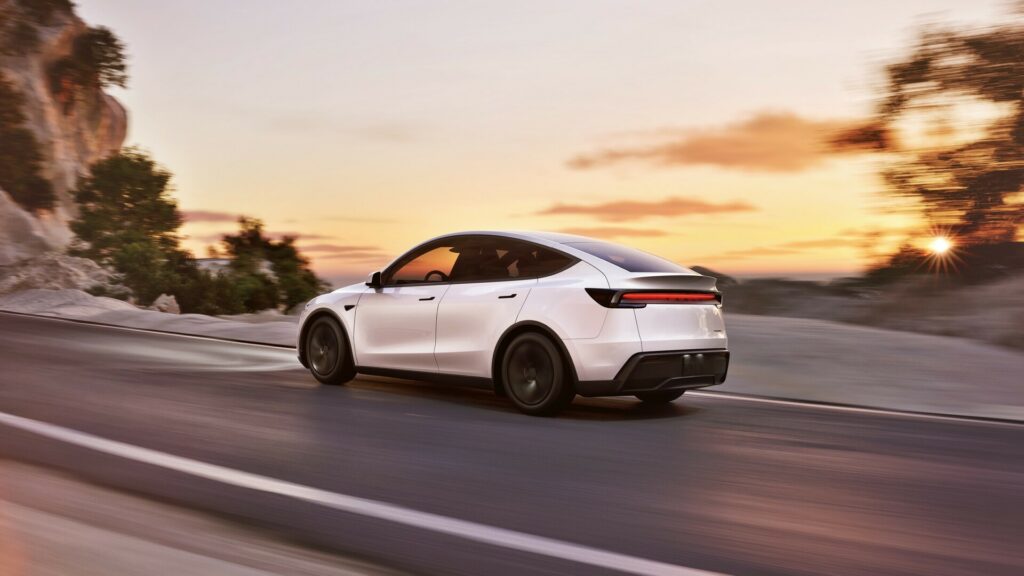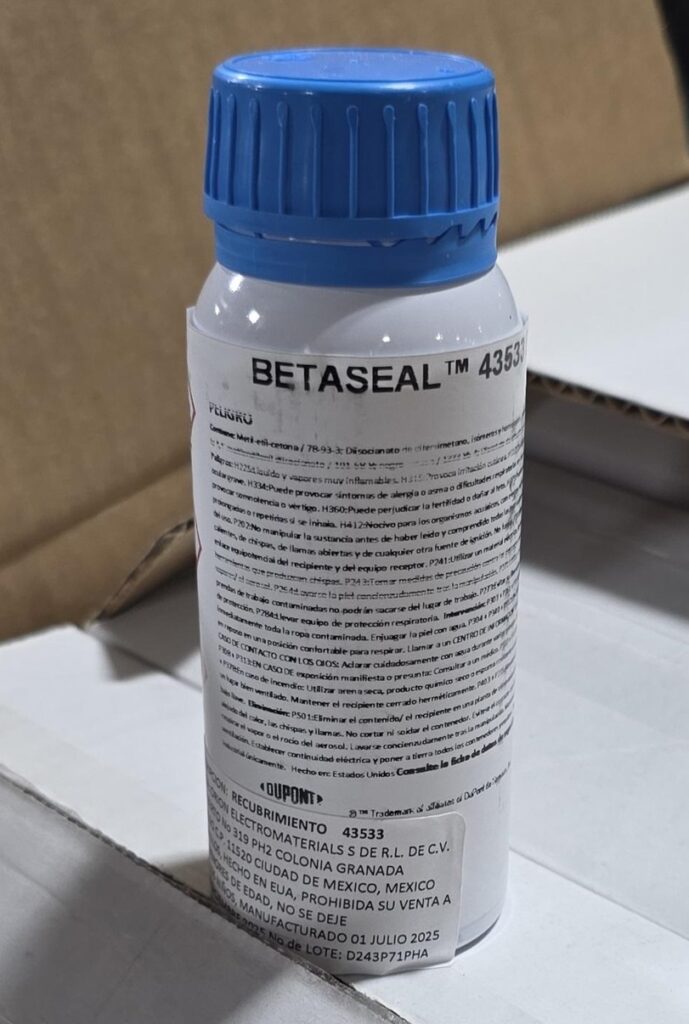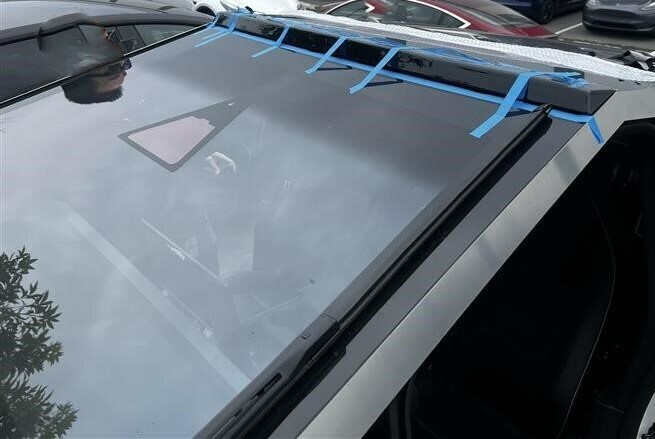Tesla Found Out You Can’t Hold A Truck Together With Glue

- Tesla will attach the Cybertruck’s light bar using bolts instead of adhesive.
- Over 6,000 Cybertrucks were recalled due to light bars detaching on the road.
- Owners will be notified by December 26, with repairs expected in early 2026.
Sometimes, the fix really is the obvious one, especially when the original solution involved little more than strong glue and wishful thinking. Tesla has outlined how it intends to keep the Cybertruck’s optional off-road lightbar from slipping away.
Instead of relying on adhesive, which has not aged well in practice, the company now plans to fasten the light bar to the roof with actual bolts.
Read: Cybertruck’s Light Bar Has Joined The Long List Of Things Falling Off Teslas
Last month, Tesla announced that it was recalling 6,197 Cybertrucks because the optional LED light bar was being held on solely with strong adhesive.
Not surprisingly, several light bars failed to stay attached, separating from vehicles while driving. The issue stemmed from problems with the adhesive primers used during installation. So far, Tesla has logged 619 warranty claims related to the light bar coming loose.
Bolts Sure Are Better Than Adhesive

Well, at least now Tesla has come up with a solution that should, in practice, work. The company has developed a new steel bracket that affixes to both sides of the light bar.
The bracket then slides between the stainless steel window frames of the Cybertruck and includes a small attachment that is bolted directly into the vehicle’s roof.
Also: Tesla Recalls Every Single Cybertruck After Glued Stainless Steel Trims Fall Off
Although Tesla has now developed the fix, it’s not yet ready to start repairing customer cars. According to the original recall bulletin, owners won’t be formally notified until December 26. That means service center appointments likely won’t begin until early 2026.

So, if you own a Cybertruck with the light bar held on exclusively with adhesive, it might be wise to limit your drive. Or, if you must drive it before you’re able to book in an appointment at your local Tesla service center, it wouldn’t be a bad idea to get some duct tape to try and better secure the light bar, if only temporarily.
A Long-Standing Issue
The off-road light bar has been a sore point for owners ever since the Cybertruck arrived in late 2023. Owners who paid extra for the Foundation Series version of the electric pickup were supposed to receive the light bar as standard, yet most trucks showed up without it because Tesla was still finalizing the accessory.
By August, the delay had worn thin enough that one owner took the matter to court and sued Tesla in California.





















